
More than 2 million people who shielded during the peak of the coronavirus pandemic have been given new advice on what to do depending on the Covid alert level in their area.
Ministers said none of the alert levels in place would automatically trigger a warning for those who had shielded before to do so again and stay home at all times.
It follows concerns that those on the shielding list became extremely isolated during that time, with some too fearful to leave their homes for several months.
The problem with ‘shielding’ people from coronavirus? It’s almost impossible | Devi Sridhar and Yasmin Rafiei
Read more
In the future, those living in the highest risk areas (known as tier 3 or very high alert level) could be advised to adopt formal shielding if necessary, but they would receive a letter setting out the precautions they should take.
In more general guidance for those who shielded in the first wave, the government has said:
• For tier 1 (medium alert level): People should strictly observe social distancing, meet others outside where possible, limit unnecessary journeys on public transport and work from home where possible. People should still go to work and children should still attend school. This is on top of restrictions for everyone to only meet in groups of up to six people.
• For tier 2 (high alert level): People should reduce the number of different people they meet outside, avoid travel except for essential journeys, work from home where possible and reduce the number of shopping trips made or go at quieter times of the day. People can still go to work if they cannot work from home and children should still attend school. This is on top of restrictions for everyone to not meet other households indoors, unless part of a support bubble, and to only meet in groups of up to six people outdoors.
• For tier 3 (very high alert level): People should work from home, in general stay at home as much as possible, and avoid all but essential travel. People should significantly reduce shopping trips, and if possible use online delivery or ask people in their household, support bubble or volunteers to collect food and medicines. People in these areas are encouraged to still go outside for exercise, and can still go to school and to work if they cannot work from home.
The government said all those who shielded previously are already helped by wider protection measures not previously in place when shielding was introduced in March, such as the rule of six and face coverings.
The deputy chief medical officer for England, Dr Jenny Harries, said officials were aware that people who wre clinically extremely vulnerable wanted practical advice on how to carry on their lives.
“The new system will provide clarity on how best those in this group can keep themselves as safe as possible depending on the rates of transmission in their local area,” she said.
“Whilst advisory, I would urge all those affected to follow the guidance wherever they can and to continue to access health services for their medical conditions.
“We will continue to monitor the evidence closely and fine-tune this approach to make sure everyone in this group is clear about the safest way to go about their daily lives, particularly over the coming winter months.”


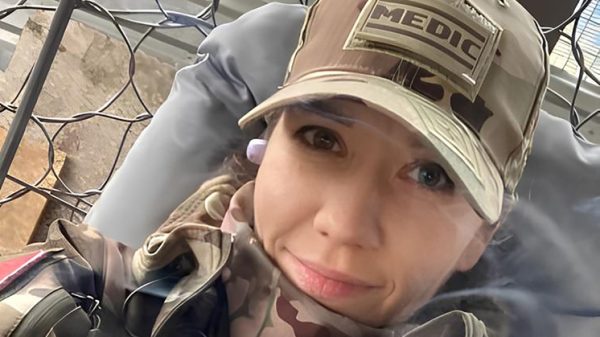




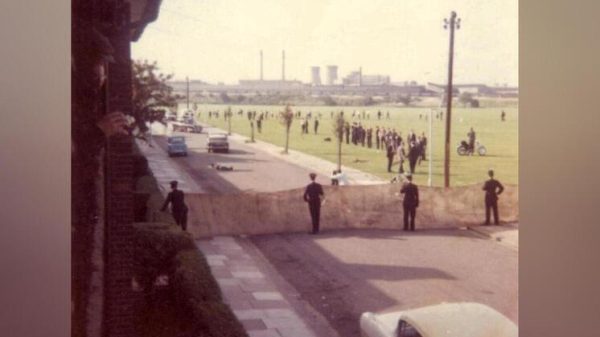
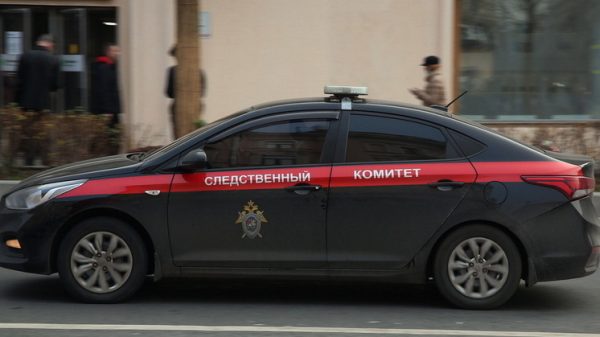
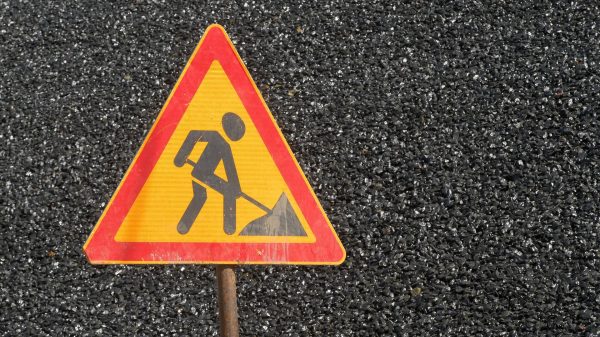
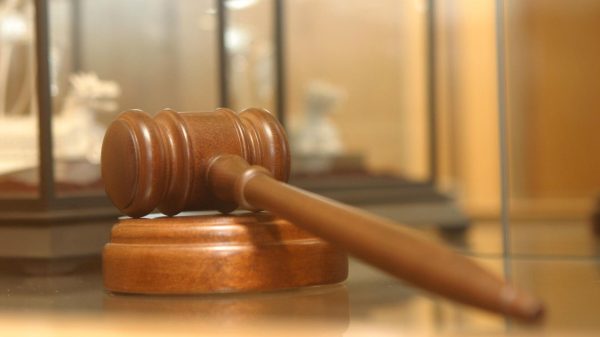


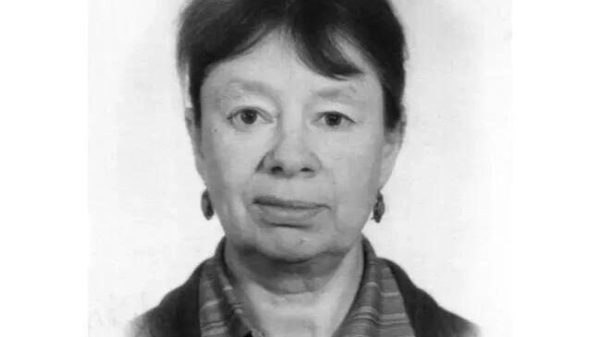


















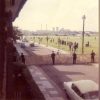



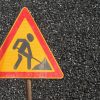

















Свежие комментарии